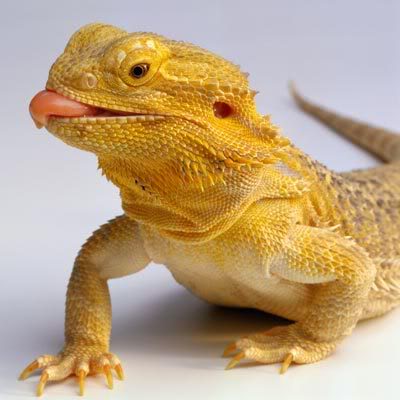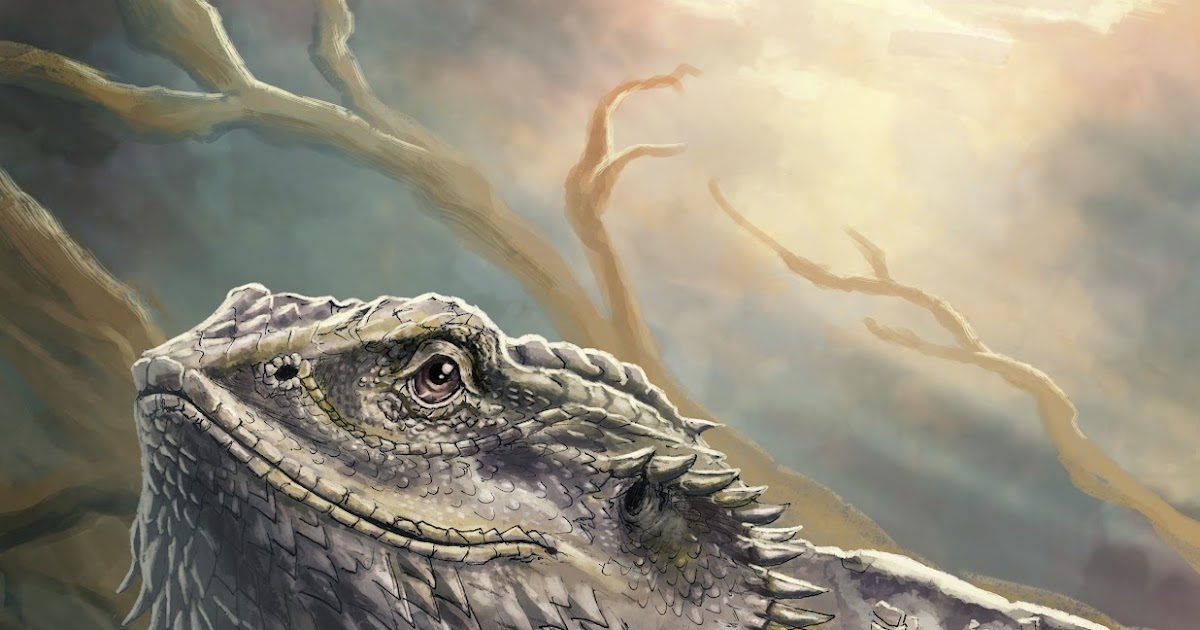Bearded Dragon Dos and Don'ts: A Beginner's Guide to Proper Care
Introduction
Bearded dragons are one of the most popular reptiles in the pet world. They make great pets for beginners because they are gentle, easy to care for, and have unique personalities. However, it’s important to understand the dos and don’ts of bearded dragon care to ensure that your pet stays healthy and happy.
Do: Provide Proper Lighting

Bearded dragons require specific lighting to stay healthy. They need both UVB and UVA lighting to simulate their natural habitat. Without proper lighting, they can develop a variety of health issues, including metabolic bone disease. Make sure to research the right type of lighting for your specific bearded dragon breed and set up a schedule for regular bulb replacement.
Don’t: Use Heat Rocks or Hot Rocks

Heat rocks or hot rocks are not suitable for bearded dragons. These rocks can get too hot and burn your pet. Instead, use a heat lamp or ceramic heat emitter to provide warmth. These options are much safer and provide a more natural heating environment.
Do: Provide a Balanced Diet

Bearded dragons require a balanced diet that includes both insects and vegetables. The insects should be gut-loaded with nutritious food and dusted with calcium and vitamin supplements. The vegetables should be fresh and varied to provide a range of nutrients. Avoid feeding your bearded dragon too many fruits, as they are high in sugar and can lead to health issues.
Don’t: Overfeed
Overfeeding your bearded dragon can lead to obesity and related health issues. Be sure to offer the correct portion sizes based on the age and size of your pet. A general rule of thumb is to offer as much food as your bearded dragon can eat in 10-15 minutes, twice a day for adults, and two to three times a day for juveniles.
Do: Provide Hiding Spots

Bearded dragons need hiding spots to feel safe and secure. Provide a few hiding spots in different areas of their enclosure. You can use natural or artificial décor such as rocks, branches, or caves. A hiding spot will also help your pet regulate their body temperature and aid in digestion.
Don’t: Keep Multiple Males Together

Male bearded dragons can be very territorial and aggressive towards other males. It’s best to keep only one male per enclosure. When males become adults, they may start fighting, which can result in serious injury or even death. Female bearded dragons can live together peacefully if there is enough space.
Do: Handle Your Bearded Dragon Regularly

Bearded dragons are social animals and enjoy interaction with their humans. Handling your bearded dragon regularly can strengthen your bond and make them more comfortable with human interaction. Start by handling your pet for short periods and gradually increase the length of time. Always support your bearded dragon’s body when holding them to avoid injuring them.
Don’t: House Bearded Dragons Together Without Supervision

Bearded dragons can live together, but it’s important to house them together only with proper supervision. Always monitor your pets to make sure they are not showing signs of aggression or stress. If you notice any signs of aggression, separate your pets immediately. When housing bearded dragons together, make sure to provide enough space and hiding spots for each pet.
Conclusion
Bearded dragons are lovable pets that are easy and fun to care for. By following the dos and don’ts outlined in this guide, you can provide your pet with the best care possible. Remember that every bearded dragon is unique, and it’s important to learn about their specific needs and behavior to ensure they are healthy and happy.
